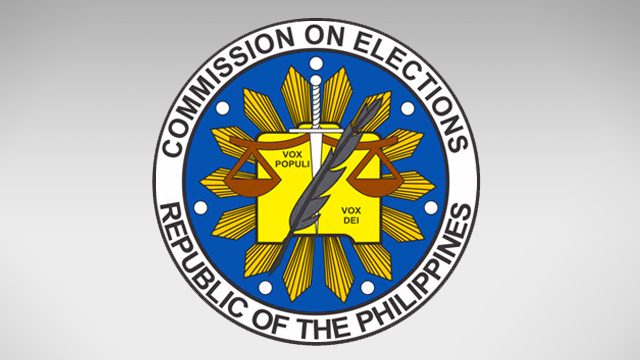SUMMARY
This is AI generated summarization, which may have errors. For context, always refer to the full article.

MANILA, Philippines – The Commission on Elections (Comelec) on Friday, December 12, began its investigation into the issue of “digital lines” in precinct count optical scan (PCOS) machines, following reports that these lines affected the counting of votes during the 2013 midterm elections.
The lines reportedly ran through ovals in some ballots, making the machine detect them as shades in the ovals. In turn, these were credited as votes for the names across the affected ovals.
A total of 383 clustered precincts all over the country were randomly selected for the probe, following prevailing standards in determining sample size, said Emil Marañon, a member of Comelec’s committee on digital lines.
Half of the precincts in the sample were selected randomly by a computer program, while the other half were selected manually by accredited observers “for transparency’s sake,” said Marañon, who is also the head executive assistant of Comelec Chairman Sixto Brillantes Jr.
Exempted from the sample are clustered precincts that are involved in pending pre-proclamation cases and election protests.
Among the observers present on Friday were defeated 2013 senatorial candidate Margarita “Tingting” Cojuangco, former Biliran Representative Glenn Chong, and former Comelec employee Melchor Magdamo, who recently revived the “digital lines” issue. (READ: ‘Dagdag-bawas’ through ‘digital lines’ in PCOS?)
After determining the clustered precincts in the sample, the Comelec will open and decrypt – from compact flash (CF) cards in the PCOS machines – all scanned digital images of the physical ballots that were scanned on election day from those precincts.
The CF cards had been in the custody of Comelec’s Election Records and Statistics Department (ERSD)* after the 2013 polls, said Marañon.
Each ballot will be examined for the presence of “digital lines.” If found, the Comelec personnel will check if any of the lines touched or went through the ovals on the ballot.
If they did, the next step would be to see whether or not the PCOS machine mistakenly counted the ovals that were affected by the “digital lines.” (READ: Persistent issues cast doubt on PCOS reliability)
The Comelec’s committee on digital lines has until Christmas to submit its findings to the Joint Congressional Oversight Committee on the Automated Election System (JCOC-AES). However, the poll body has yet to determine what happens next.
“You cannot make a conclusion yet on who will be held accountable, unless you know what caused [the digital lines]. That’s why we are doing this, because we want to uncover why it happened,” Marañon explained.
He said that the Comelec itself first discovered the digital lines issue in the PCOS machines shortly after the 2013 polls. The poll body then reported it to the Department of Science and Technology, which conducted its own study on the matter.
Brillantes had previously admitted that that there were some cases of these digital lines, but it only had a “minimal” effect and did not adversely affect the election results.
The digital lines may have been caused by the Mylar film on the rollers inside the PCOS machines or by the inks of marker pens used to shade the ovals on the physical ballots, Brillantes explained.
The PCOS machines, used in the 2010 and 2013 polls and will be used again in 2016, were supplied by technology provider Smartmatic-Total Information Management (TIM) Corp.
The poll body started the probe a week after reporting to the JCOC-AES on December 4 the procedures it would follow. – Rappler.com
* Editor’s Note: The CF cards were in the custody of the ERSD after the 2013 polls, not the IT Department, as mentioned earlier. We regret the error.
Add a comment
How does this make you feel?
There are no comments yet. Add your comment to start the conversation.